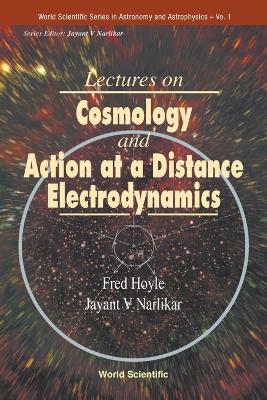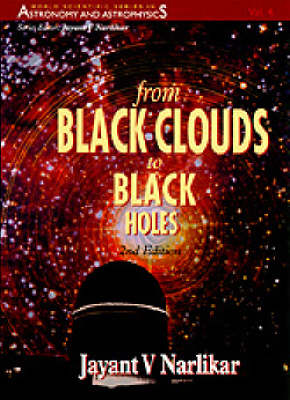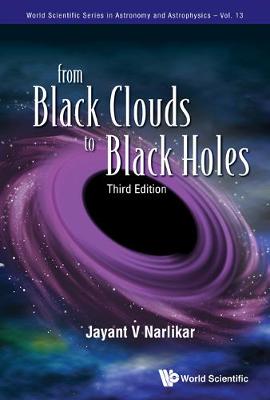World Scientific Series In Astronomy And Astrophysics
3 primary works
Book 1
Lectures On Cosmology And Action-at-a-distance Electrodynamics
by Fred Hoyle and Jayant V. Narlikar
Published 3 July 1996
This book describes the subject of electrodynamics at classical as well as quantum level, developed as an interaction at a distance. Thus it has electric charges interacting with one another directly and not through the medium of a field. In general such an interaction travels forward and backward in time symmetrically, thus apparently violating the principle of causality. It turns out, however, that in such a description the cosmological boundary conditions become very important. The theory therefore works only in a cosmology with the right boundary conditions; but when it does work it is free from the divergences that plague a quantum field theory.
Book 4
This book describes in nontechnical language one of the success stories of modern (twentieth-century) astronomy. It presents us with the physical picture of what constitutes a star, a description of how a star evolves with time, how its shape and brightness change, how it manufactures the chemical elements deep in its interior, what makes it explode… The presentation also includes exotic objects such as supernovae, pulsars, neutron stars and white dwarfs, and of course, black holes. This revised edition brings the discussion up to date with the inclusion of astronomical events like Supernova 1987A and findings from the Hubble Space Telescope as well as other observations. The book is appropriate as supplementary material for an elementary course on astronomy and astrophysics.
Book 13
This book presents in a simple style the success story of modern astrophysics — how the application of known physics to models of stars can, together with the observational data, help us understand what stars are made of, how they live and how they die. The account is non-technical but scientifically accurate. It is interspersed with anecdotes and analogies to make the subject matter readable and understandable even to a lay reader with some basic scientific background.


